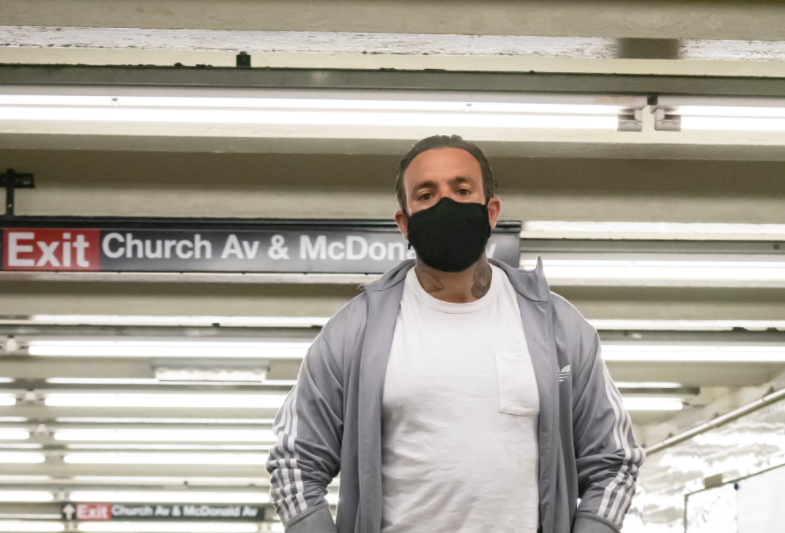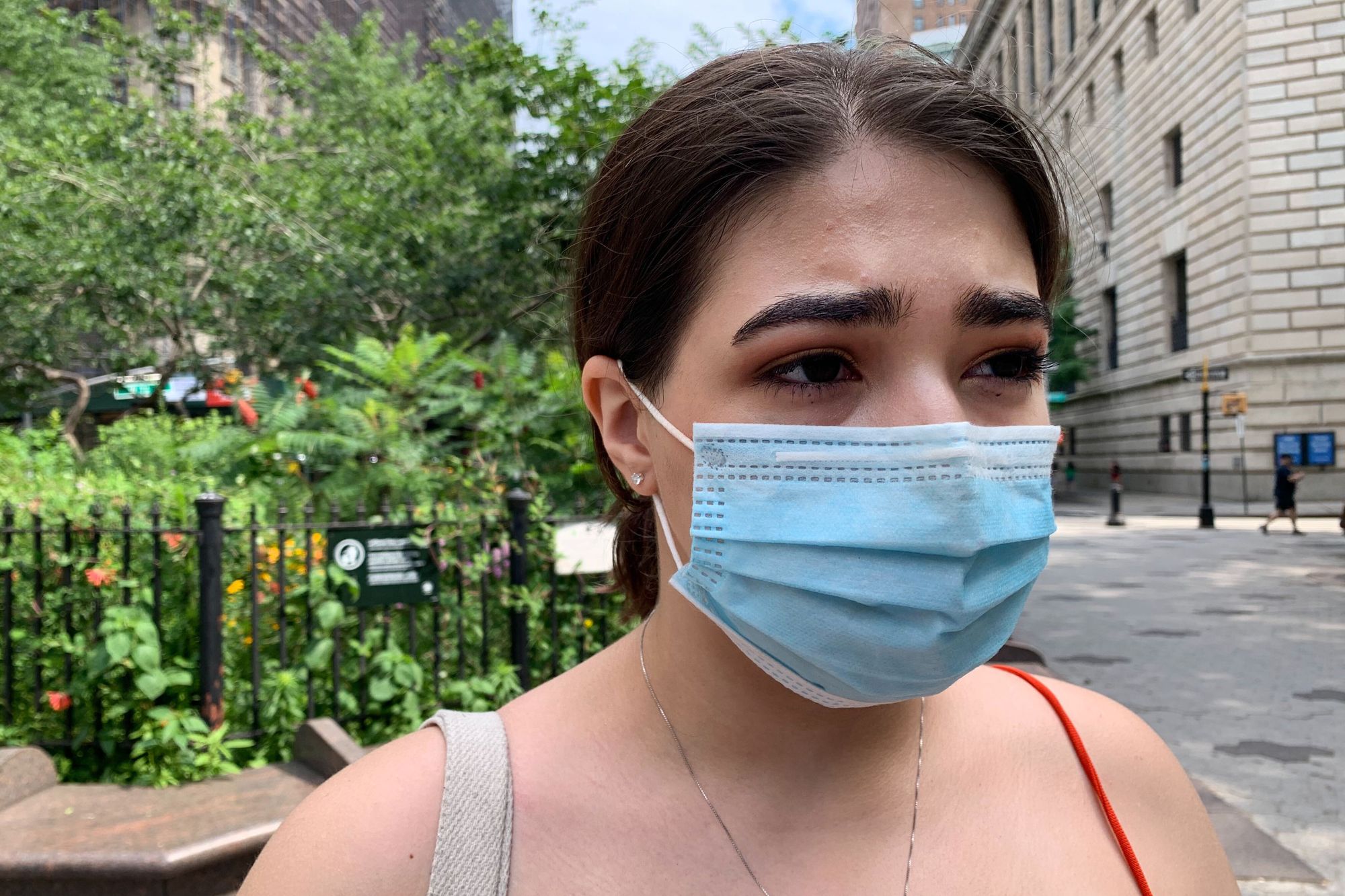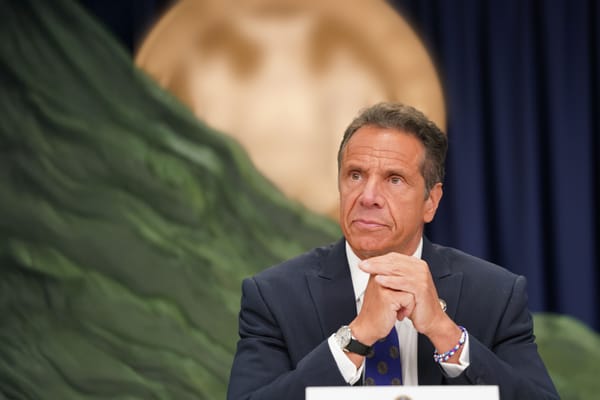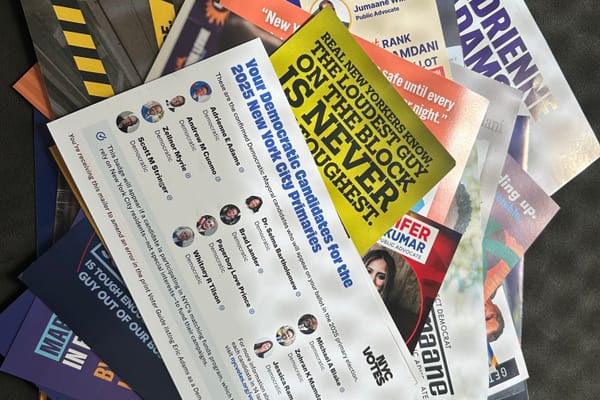New York Jobless Face New Woes With End of $600 Pandemic Unemployment Assistance


By Cara Eisenpress and Greg David, originally published in THE CITY

Despite being laid off, Justin and Terina Sciarrotta have been able to pay the bills.
Justin, a union stagehand at a studio producing big shows for a television network, and Terina, a personal trainer at a gym, have been collecting unemployment — plus each gets a $600 per week special pandemic assistance benefit.
But the future does not look so promising.
The Brooklyn couple has no idea when they’ll be able to return to work — and at the end of July, the total $1,200 a week extra help is scheduled to disappear. “We get by,” Justin Sciarrotta said. “But without the $600, it’s going to be impossible.”
More than 2.7 million New Yorkers statewide could share the Sciarrottas’ difficulties if Congress and President Donald Trump allow the $600 weekly benefit known as Pandemic Unemployment Assistance to expire on July 25. It won’t be just those people who will suffer as New Yorkers who may not be able to pay their bills will otherwise have to curtail their spending.
“Given the enduring high unemployment and its likely continuation for several more months, ending the supplemental benefit would significantly worsen hardships for hundreds of thousands of New Yorkers,’’ said James Parrott, an economist at The New School who has issued detailed reports on the economic plunge in the city.
People, Parrott added, “should not be penalized because they have service jobs working for small employers and can’t work remotely.’’
A $41M Boost for the State
Normally when a person loses their job, unemployment benefits provide somewhere between 40% and 50% of previous pay, a policy designed to offer financial support while maintaining a strong incentive for people to look for work, even if the new job pays less.
But when Congress was drafting the relief bill now known as the CARES Act, Democrats demanded the measure provide something close to 100% of the average weekly income.
They also insisted that help be provided to gig economy and other self-employed people who didn’t qualify for traditional unemployment benefits. With layoffs so pervasive, they argued, there was no way people could find new jobs. In addition, defeating the pandemic required giving people an incentive to stay home.
In New York, the impact has been crucial. The Economic Policy Institute estimates that the $600 weekly payment has boosted income in the state by $41 million. (Technically there are two benefits — a $600 weekly additional payment for those who qualify for traditional unemployment insurance and a new $600 benefit for those gig economy workers and independent contractors).
The state initially was unable to process claims for the gig economy workers and independent contractors efficiently. But when it cleared the backlog in May suddenly more than 1 million people qualified.
Despite the gradual reopening of the economy, the number of pandemic relief-only beneficiaries jumped back above 1 million in late June. While the state does not release the number of PUA recipients by region, New York City generally accounts for half of the statewide number.
Another 1.6 million people are receiving both traditional unemployment and the PUA — meaning 2.7 million people statewide and probably 1.3 million people in the city are being aided by the $600 boost.
Baby on the Way
The Sciarrottas are expecting their first child, making the stakes higher. They keep their expenses down, have savings and pay $1,650 for their apartment in Windsor Terrace.
But they worry about expenses in the coming months — including their health insurance, which they will need to afford the birth and their child’s doctor visits.
Even with TV and film production expected to slowly return with Phase 4 of the city’s reopening, “My business isn’t going to come back,” Justin Sciarrotta said.

Neither will adjacent industries, like concerts and theater. That means he will be left collecting less than $500 a week of New York’s unemployment insurance come August.
“How many months of savings are we expected to have,” he said, “when there’s no work on the horizon — and I don’t know where the horizon is.”
If savings run out, Sciarrotta says he would use stagehand training to pick up side jobs in carpentry to bring in income, and he feels fortunate to have marketable skills. But the side gigs could introduce a new issue: losing health insurance.
Through union rules, he qualifies for the following year’s insurance based on hours worked in the current year. Especially with a child coming, “I can’t pay that out of pocket,” he said.
A Student’s Struggle
For workers whose primary income came from tips, the PUA provides the bulk of their financial support, meaning nearly their entire incomes could disappear when it ends.
Kendra Avila, 20, moved to New York from Ohio at loose ends last year, unhappy with her school and course of study. She took on a lot of hours at Chipotle and Playa Betty, a restaurant on the Upper West Side.
Meanwhile, she decided on a future in beauty and is set to enter esthetician school full-time on July 14. Only now she doesn’t know how she’ll support herself since she had planned to pick up as many shifts as she needed to pay her expenses while enrolled, an uncertain prospect.
Since her unemployment benefits are calculated without her tips, she receives only $100 to $200 a week for traditional insurance. The $600 PUA increases that to at least $700 a week, enough to cover the $900 a month she pays for a shared apartment in Bushwick and other living costs.
Without the benefit and with work so uncertain, she doesn’t know what she will do.
“With all the weird scheduling since we’re not open normal hours, I’m worried about how I’ll pick up shifts,” she said. “It’s not like I can find another job.”
‘Very Frustrating’
Lower-wage workers get the same $600 boost and will see the same drastic fall off in income. Normally, according to economist Parrott, a minimum-wage worker in New York would receive about $300 a week from traditional insurance. With the $600 weekly unemployment supplement, that worker gets about $900.
Republicans and some conservatives argue that such historically high unemployment benefits are an incentive for people to not look for work. Many economists, though, believe the impact of unemployment benefits on people’s willingness to work is greatly exaggerated.
The financial future of the Sciarrottas and Avila is likely to be decided later this month when the U.S. Senate returns from recess and negotiations begin for another relief bill. The Trump administration has said it is leaning toward more help for businesses and another direct payment to individuals.
Democrats are under enormous pressure to insist on aid to state and local governments. Progressive advocacy groups like the Economic Policy Institute are waging a campaign to renew the $600 PUA.
In the meantime, anxiety mounts for many New Yorkers — among them Natalie Apuzzo, a 32-year-old design professional, who has shifted between freelancing and unemployment benefits since being laid off last summer.
“There is no way to tell whether you can depend on having the money on a regular basis, which is very frustrating,” she said.
This story was funded in part by the Ravitch Fiscal Reporting Program at the Craig Newmark Graduate School of Journalism at CUNY and is part of a national effort to assess state net safety systems during the pandemic.
THE CITY is an independent, nonprofit news outlet dedicated to hard-hitting reporting that serves the people of New York.




